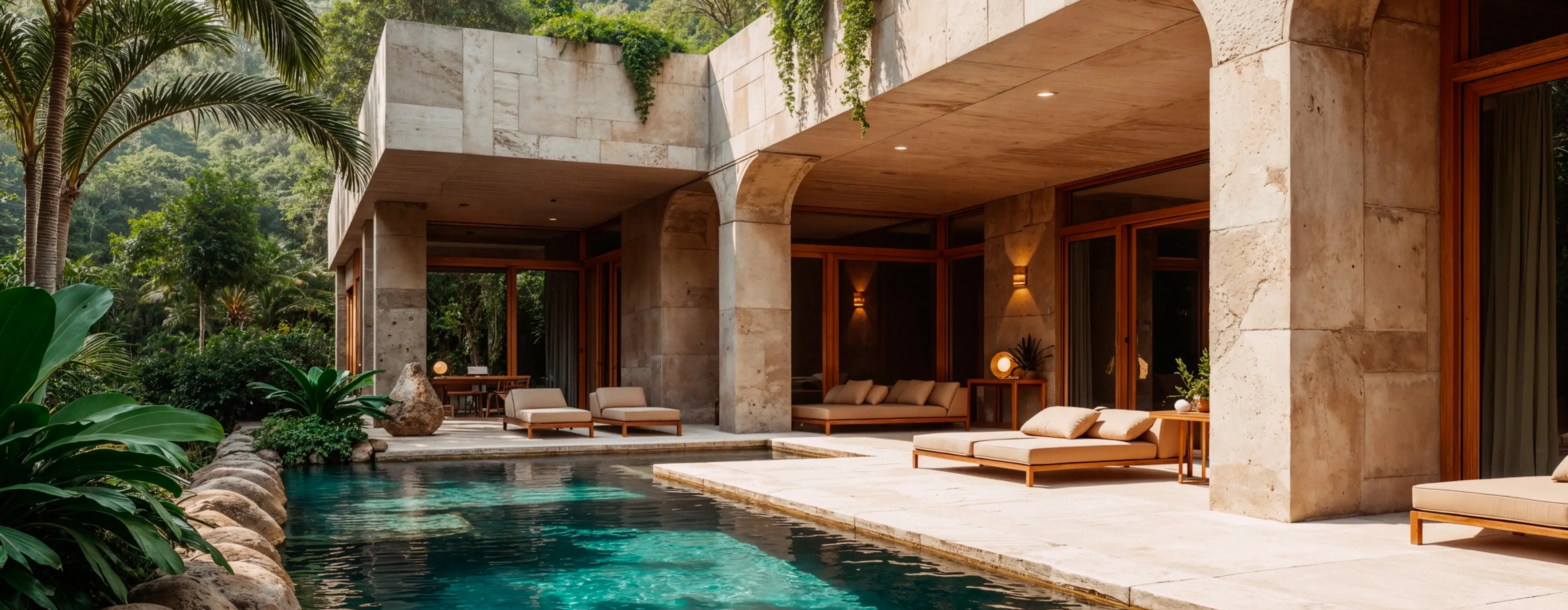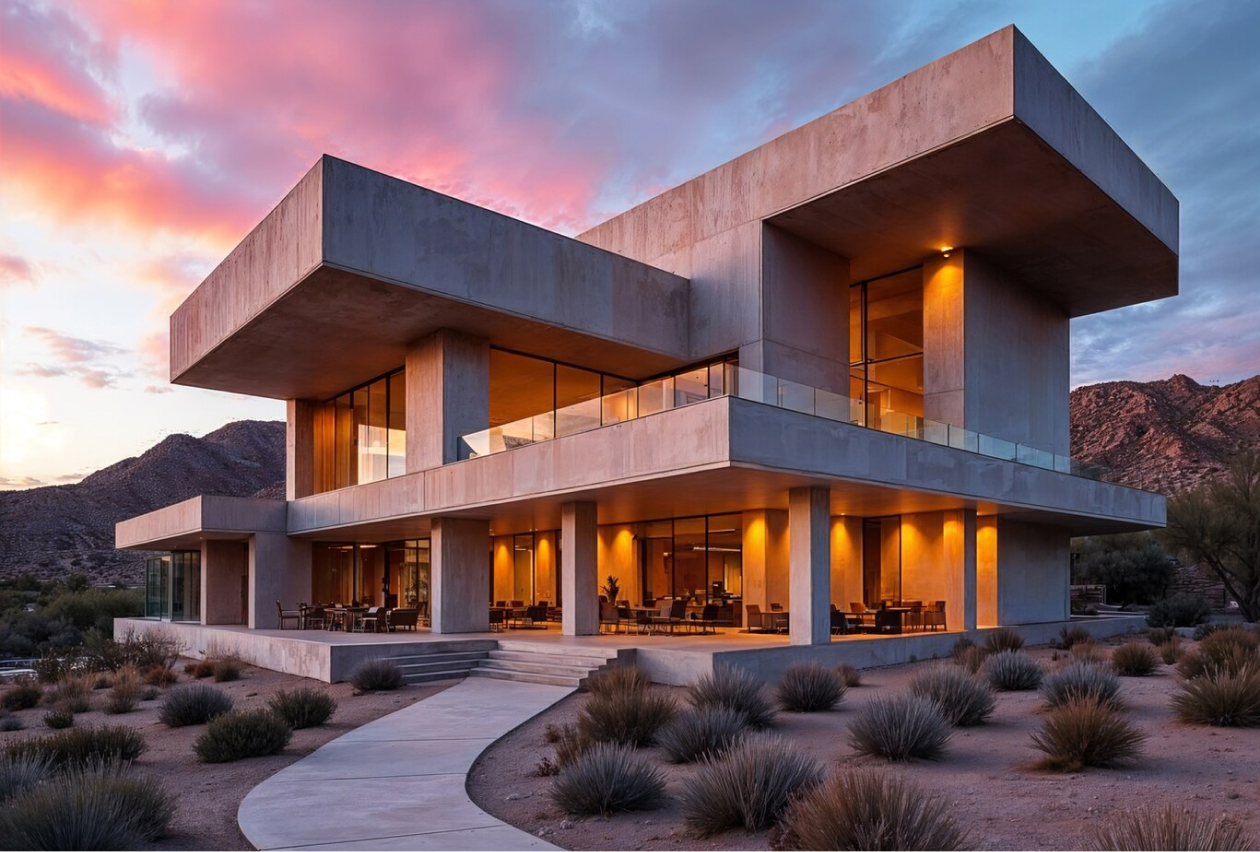
Sustainability is revolutionizing the future of architecture. Today’s architects integrate green technologies, renewable energy, and recycled materials into every phase of design.
Innovative approaches such as passive solar design and water harvesting systems have become industry standards. These techniques optimize natural resources while reducing operational costs and environmental footprints.
Sustainable design also encourages adaptability. Modular structures, eco-friendly insulation, and biophilic concepts allow buildings to evolve with changing needs and climates, ensuring long-term efficiency and usability.
By prioritizing sustainability, the architectural community leads global change. Each project becomes a step toward a cleaner, greener, and more responsible built environment for future generations.
Sustainable design is redefining how we build and live. Architects now integrate recycled materials, renewable energy systems, and passive cooling strategies to create structures that respect the environment.
These practices ensure that future architecture balances aesthetics with responsibility. Each project becomes a blueprint for progress, showing that beauty and sustainability can thrive together in harmony.

Modern design embraces sustainability as a foundation for progress
- Green construction principles: Designers are using recycled materials, water-efficient systems, and passive energy methods to create buildings that function in harmony with the planet.
- Long-term efficiency goals: These sustainable practices ensure comfort, lower operational costs, and promote healthier environments that balance human needs and ecological preservation.
Sustainability has become the foundation of architectural progress and innovation.
Architects now prioritize renewable materials, passive cooling, and low-energy systems to create eco-friendly spaces. By blending aesthetics with environmental awareness, sustainable design fosters comfort, conservation, and long-term resilience. Every project aims to balance beauty, efficiency, and responsibility toward the natural world.





